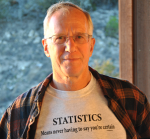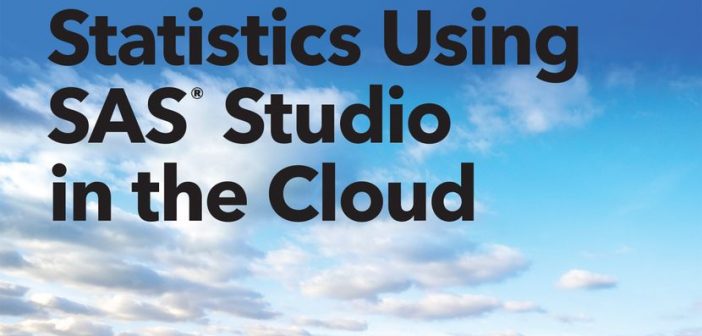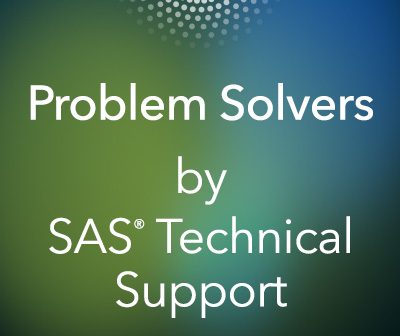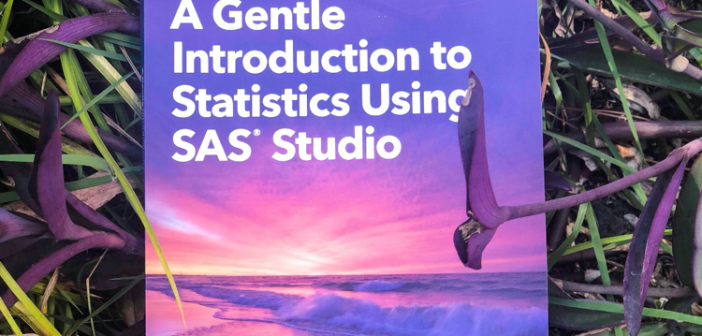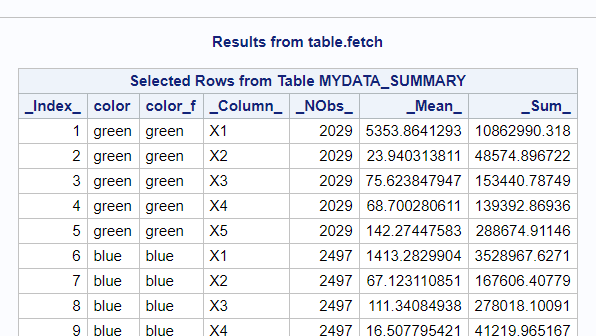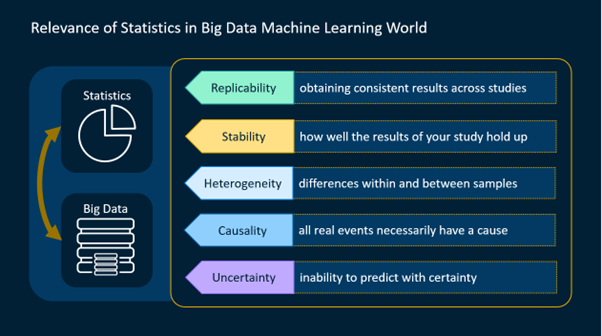
Developing an accurate understanding of statistics will help you build robust machine learning models that are optimized for a given business problem. SAS launched a new course that provides a comprehensive overview of the fundamentals of statistics that you'll need to start your data science journey. This course is also a prerequisite to many courses in the SAS data science curriculum.


